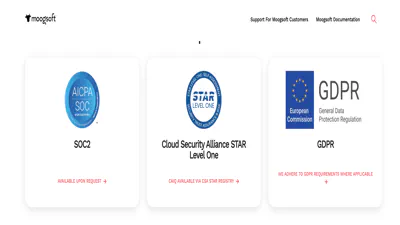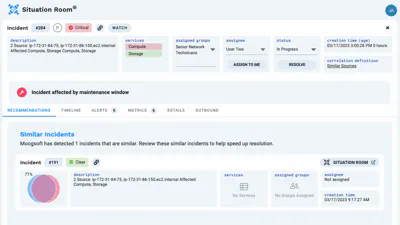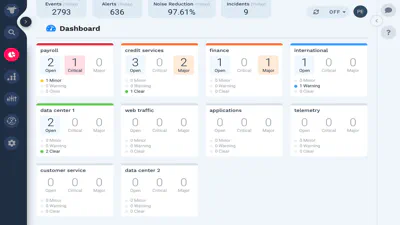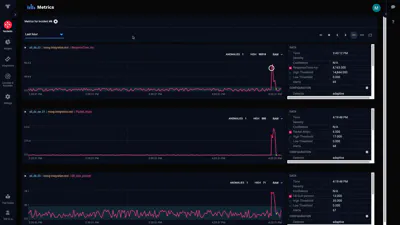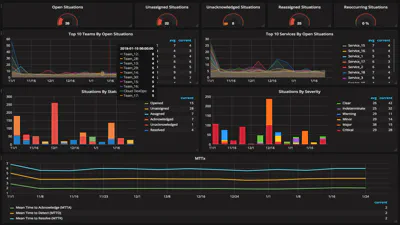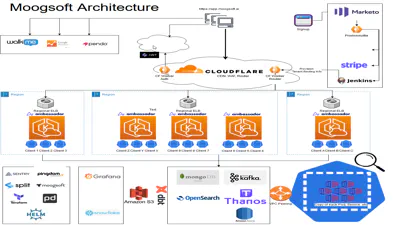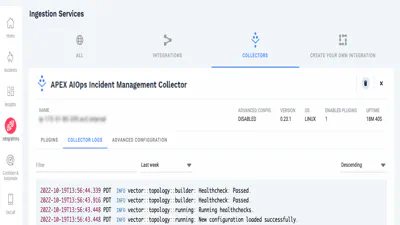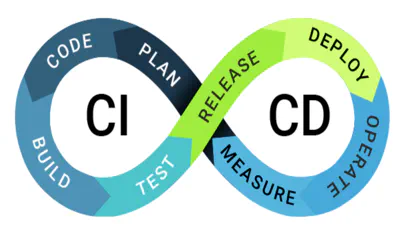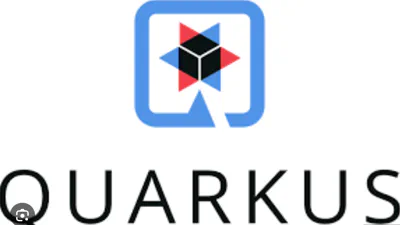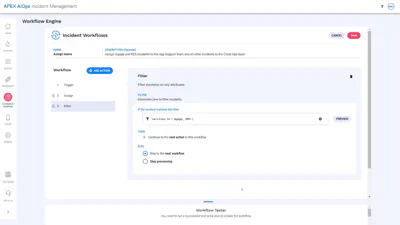Portfolio Overview
Experience at Vultr
Led platform engineering at Vultr, focusing on maturing operations for AI/ML workloads, enhancing observability, and spearheading security certifications.
Enterprise Security …
Led the enhancement of Moogsoft’s security platform (SSO, RBAC, SOC II, WAF), crucial for expansion into the financial sector and achieving $1.5M new ARR.
Product Features for …
Delivered robust incident management capabilities (situation room, chat, AI-driven similar incident detection) driving 15% above-forecast sales.
Cloud Cost Savings & …
Achieved a 64% per-customer cost reduction by re-architecting Moogsoft services for multi-tenancy and optimizing AWS resources.
Time Series v2 & PromQL …
Led migration to Thanos for timeseries data, introduced PromQL alerting, and redesigned query UI, unblocking Grafana integration.
Grafana Infinity …
Facilitated Grafana Infinity datasource integration for Moogsoft APIs, enabling real-time dashboarding for clients.
Automated Provisioning …
Built automated provisioning middleware linking sales, marketing, and trial systems, saving an estimated 10% on cloud spend.
Rust & Vector.dev for …
Spearheaded adoption of Rust and Vector.dev for Moogsoft’s observability collector, enhancing performance and enabling complex customer integrations.
Embedded Analytics with …
Integrated Looker and Snowflake for embedded analytics in Moogsoft, securing new deals and providing a migration path for legacy users.
Continuous Delivery for …
Established full CI/CD automation for Moogsoft’s SaaS product, enabling multiple daily releases, up from a 6-month cycle.
Quarkus Framework …
Led Quarkus framework adoption, enhancing Java development practices, code reuse, and reducing new engineer training burden at Moogsoft.
JavaScript to Low-Code …
Transitioned Moogsoft from JavaScript-based customizations to a structured low-code workflow engine, enhancing supportability and code reuse.

